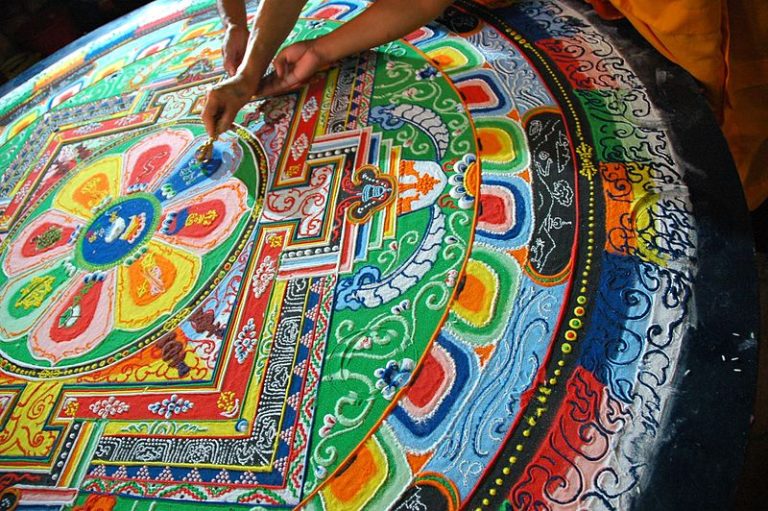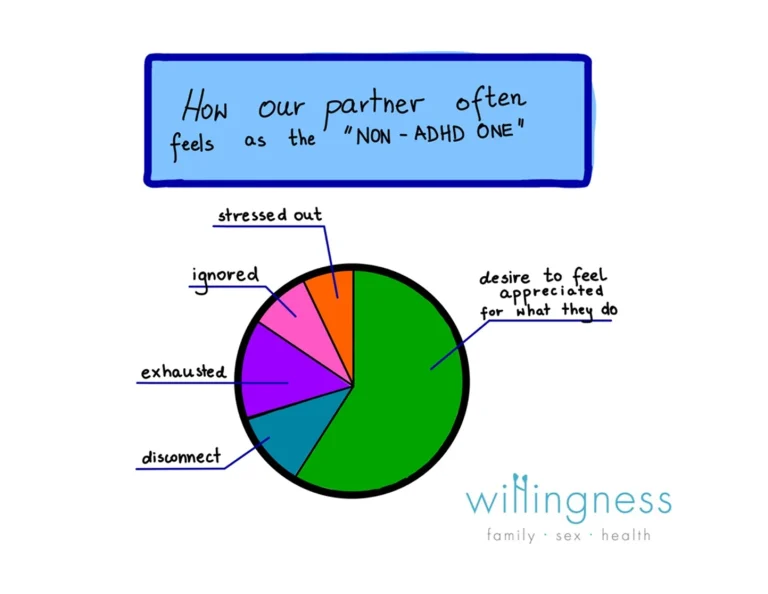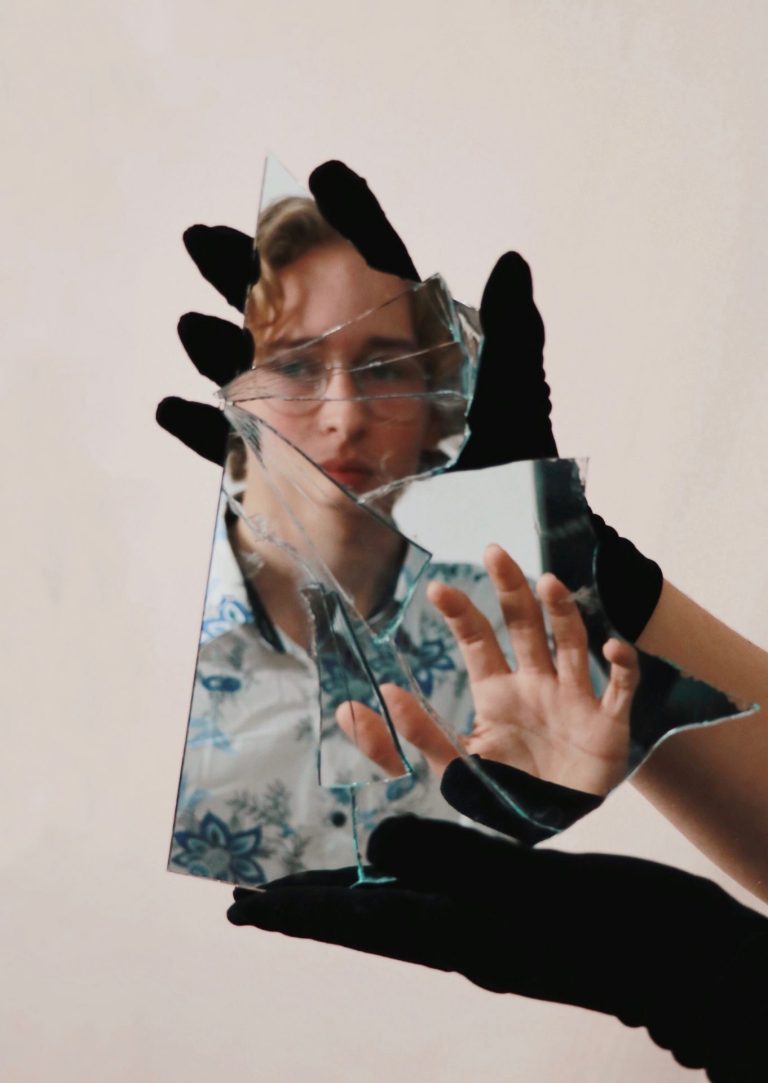Embracing Self-Exploration
As we learn to adjust to the rapidly changing world around us, there is a tendency to feel overwhelmed, confused, or off centre. Sometimes, it is difficult to know why, or to understand where these complex feelings are coming from.
A gestalt approach to therapy focuses on three techniques, which can also be explored as part of a daily self-reflective practice. Using these techniques gives us an opportunity to become more aware of our own feelings and find the right questions, to articulate our needs. These three approaches are grouped as expressive, suppressive, and integrative techniques.
Expressive techniques in therapy focus on bringing inner tensions out into the open. This is achieved by channeling the underlying energies of our tensions, by defining the roots of our conflicts, and successfully expressing them.
Expressive techniques create a space in which we feel ready to share our experiences, in relationship with the environment and world around us. Contact is established with our emotional experiences, bringing them into awareness.
Suppressive techniques focus on bringing us back into harmonious interaction with the world and ourselves. Applying a suppressive approach means taking responsibility for the dynamics that create separation and a lack of connection in the present moment.
A suppressive approach is one which guides us to experience the present moment openly and fully, suppressing the anxious inner discourse, to more authentically participate in the present moment. Silencing the inner critic, even for a short while, can give us far clearer insight into significant concerns and needs in our lives.
By opening ourselves to live our present experiences, we commit to a life without ‘shoulds’ or inflexible plans, with no past fears nor excessive insecurities about what might happen. We are capable of navigating the world when we are immersed in it.
Finally, integrative techniques focus on balance. These techniques promote contact between us and the world around us. Where expressive techniques bring us out into the world, and suppressive techniques support us to accept the world, the integration of these perspectives can be achieved through two methods in particular.
First of all, we develop empathy. The emphasis of therapy is on the interpersonal encounter, which leads us to become more aware of our internal processes. We achieve awareness of these processes by asking ourselves, for example, what facts do we have to back up our feelings of shame, guilt, lack of worth or any other way we feel about ourselves? Can these facts be justified or are these the results of unacknowledged distress and disturbances?
A second integrative approach is to work towards the assimilation of our projections. Projections are those parts of ourselves we project into the world, often without awareness. Assimilation and ownership over these projections begins when we put ourselves in the position of the other, and understanding how our perspective colours the way we understand the world.
All of these techniques are built upon a foundation of awareness, and the responsibility that awareness brings. Awareness also reminds us of our “response abilities”, which is to say, responding to the world in a way that is authentically our own and more fully present in the here and now.
Pete Farrugia is a Trainee Gestalt Psychotherapist. In his profession he explores the intersection of psychosocial wellbeing, spiritual development, and creative expression.







